
What to expect when you switch to a heat pump to warm your home
Heat pumps are growing in popularity as an efficient and low carbon way to heat our homes – but what’s it really like to have one working in your home?
Heat pumps are an efficient and low carbon method of heating (and provide cooling in the summer too), so they’re a great option if you’re looking to replace a fossil fuel heating system in your home. At the moment, heat pumps also have the added bonus of being eligible for payment under the Renewable Heat Incentive (RHI) scheme, so it’s likely also a financially savvy change to make for your home.
But, heat pumps are also still relatively rare in homes. We come across lots of questions from homeowners who are considering getting a heat pump but aren’t sure what to expect from a heat pump. In this post we cover some of those questions.
How much space will it take up?
Most heat pumps (ground source, air source, or water source) used for home heating will be 4 and 15 kW in output, depending on the size of the home and how much heat is lost in the home. Always make sure you’re working with a trusted MCS certified heat pump installer (like those we work with at Cosy Homes Oxfordshire) as they’ll be able to accurately determine the size of heat pump you need.
In terms of translating this into the space needed in the home, it depends on the type of heat pump you’re hoping to install.
Ground source heat pumps use heat from the ground and so need to be installed underground. This means that you will need a substantial amount of outdoor space, and installation will result in your garden being dug up. There is sometimes the option to use bore holes instead, installing the heat pump vertically rather than horizontally, which takes up less space.
Air source heat pumps require less space, with an external unit which is around the size of washing machine. These are usually wall-mounted, so you will need enough space on one of your outside walls to install this.
If you are using a heat pump for your hot water as well as your heating, you may also need a new hot water cylinder inside your home which is designed for heat pumps, so you’ll need to consider the space for this too.
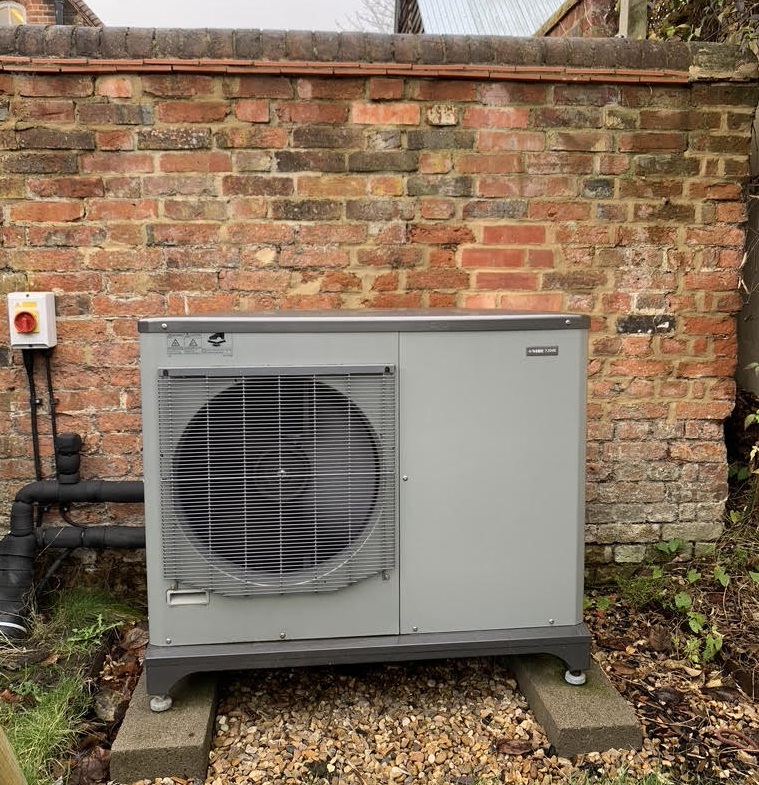
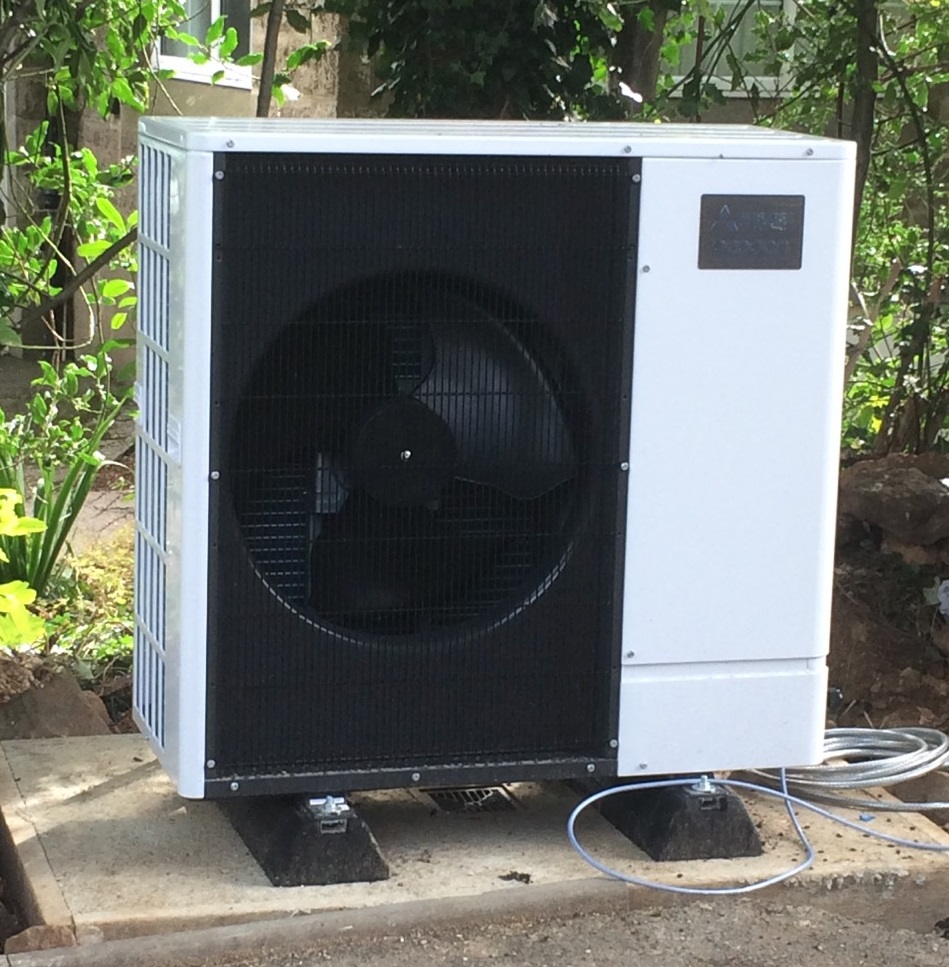
How noisy are heat pumps?
An air source heat pump uses a fan to take in air to use its natural warmth, which does create some noise. However, this noise is outside your home, and usually you won’t hear anything from inside the home – and neither will your neighbours!
Will I notice that the system is cooler than a traditional gas or oil boiler?
Unlike gas and oil boilers, heat pumps deliver heat at lower temperatures over much longer periods. For instance, if you are using a heat pump to provide hot water, it will normally reach a maximum of 55°C, compared to a gas boiler which can reach around 20°C more than this.
This can be difficult for some homeowners to get used to. We’ve grown up with radiators and showers that get scalding hot, and see that as an indication of heating and hot water working effectively.
But, the reality is that you don’t need your radiators or showers to be that hot – a 55°C shower would still leave you with burns! And because the heat pump delivers a more constant temperature than a typical gas boiler (which you’re often turning up or down to try and reach an optimal temperature) you’ll still be at a comfortable temperature – often much more comfortable because of the consistency – even though the radiator does not seem properly hot to the touch.
It’s just a change to get used to, and we find that most homeowners get used to this fairly quickly and enjoy a more comfortable, constant temperature across their home.
Will I need to do other work as well as installing the heat pump?
It isn’t always as simple as a direct replacement of your existing gas or oil boiler with a heat pump. Heat pumps are most effective and efficient when they can operate at a lower temperature. In order to enable this, we always advise homeowners to reduce heat loss from their home before installing a heat pump – and this is why we always start our process with a home assessment and Whole House Plan, to check the situation of the entire house before diving into one particular solution.
If you do need to reduce heat loss first, this typically involves adding or increasing insulation (floor, loft, and/or wall) and draught-proofing or repairing window glazing. If your home is already airtight and efficient, though, you may be able to skip this step.
If you are using an air-to-water heat pump, you may also need to replace your hot water cylinder and radiators to ensure the heat pump can work. Heat pumps work best with underfloor heating, so this may be needed, but some radiators will also work fine.
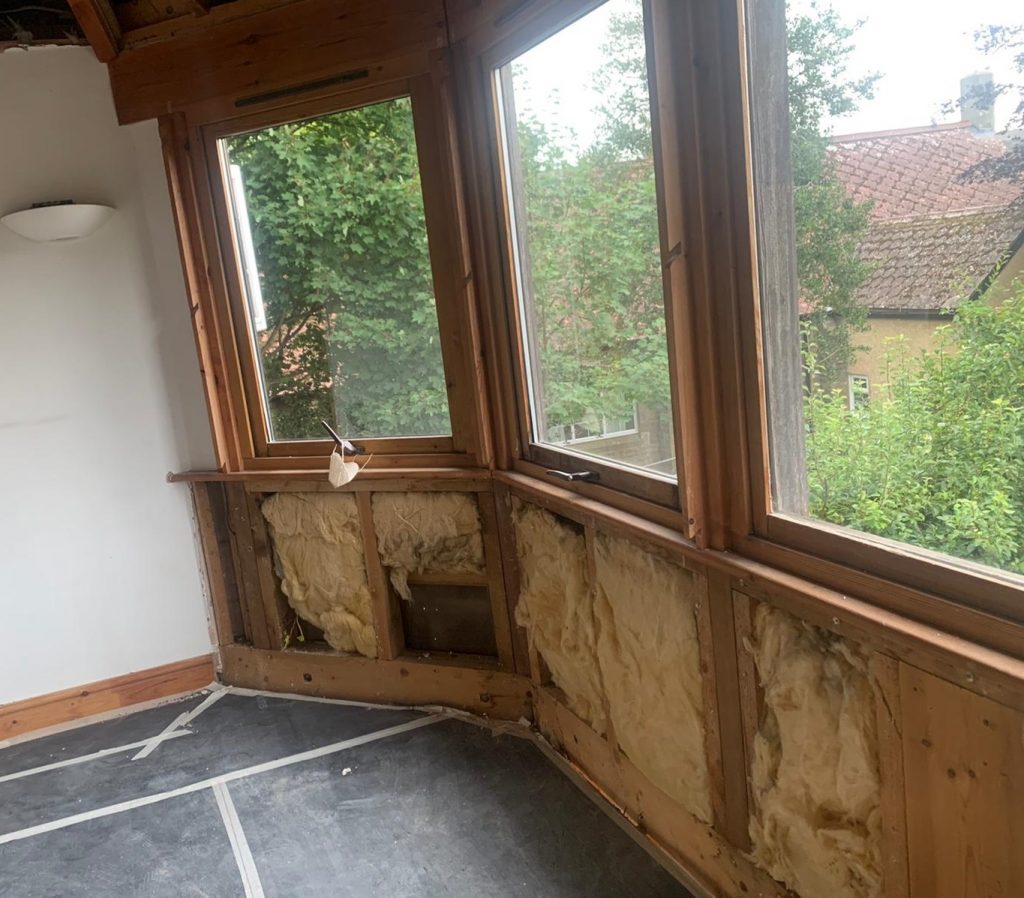
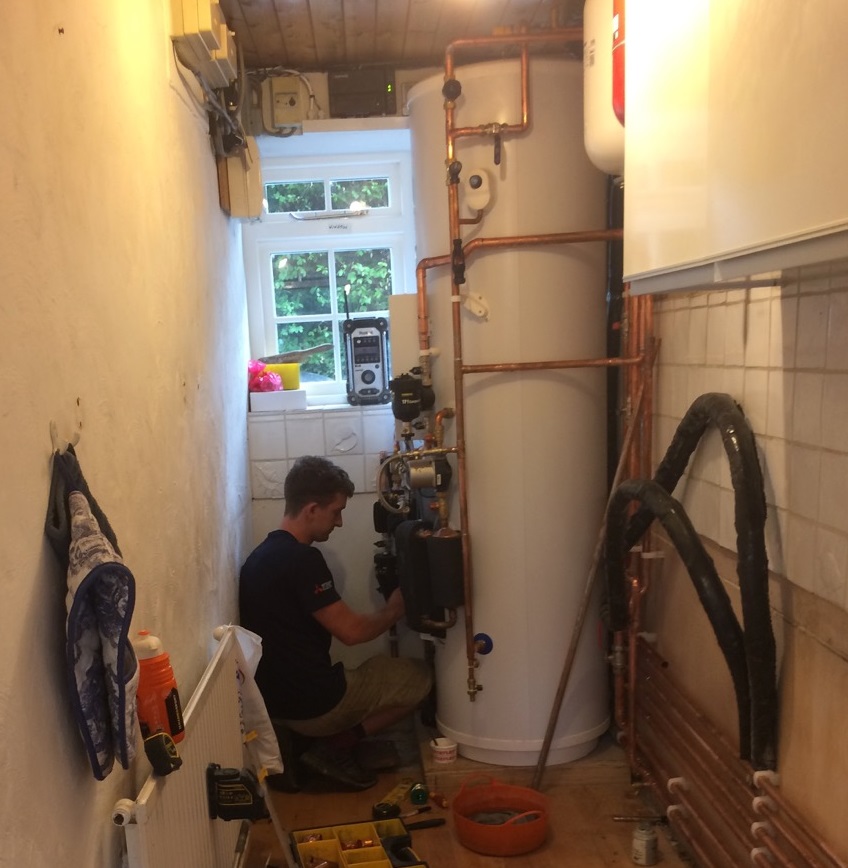
How much will I save on my bills?
If you’re hoping to save money on your energy bills through installing a heat pump, it may not actually be the best option for you – for us, it’s all about the carbon impact.
Heat pumps will likely save you money if you’re switching from an old electric storage heater, as heat pumps are powered by electricity and will use significantly less than your old heaters.
However, if you’re switching from a gas boiler (which most homes in the UK will be) then your bills may actually increase. This is because gas is currently much cheaper than electricity. However, if you’re also reducing heat loss and improving the energy efficiency of your home at the same time (through e.g. insulation and draught-proofing) then you likely will save money on energy bills after installing the heat pump, as you’ll be wasting much less energy.
At the moment, in the UK you can also receive payments from the government after installing a heat pump, through the Renewable Heat Incentive (RHI). You can expect this to give you an added income of £900-1400 per year.
Are the controls complicated?
Heat pumps typically have heating controls and thermostats. They usually aren’t anymore complicated than the controls you’d find on a typical boiler, but they may be different to what you’re used to, and you’ll need to get used to the best way to programme the heat pump to be most efficient (usually having the heating on for a long time at a low setting). If you use a trusted MCS installer, they’ll always explain how to use your new heat pump and be there to support you if you have any teething problems.
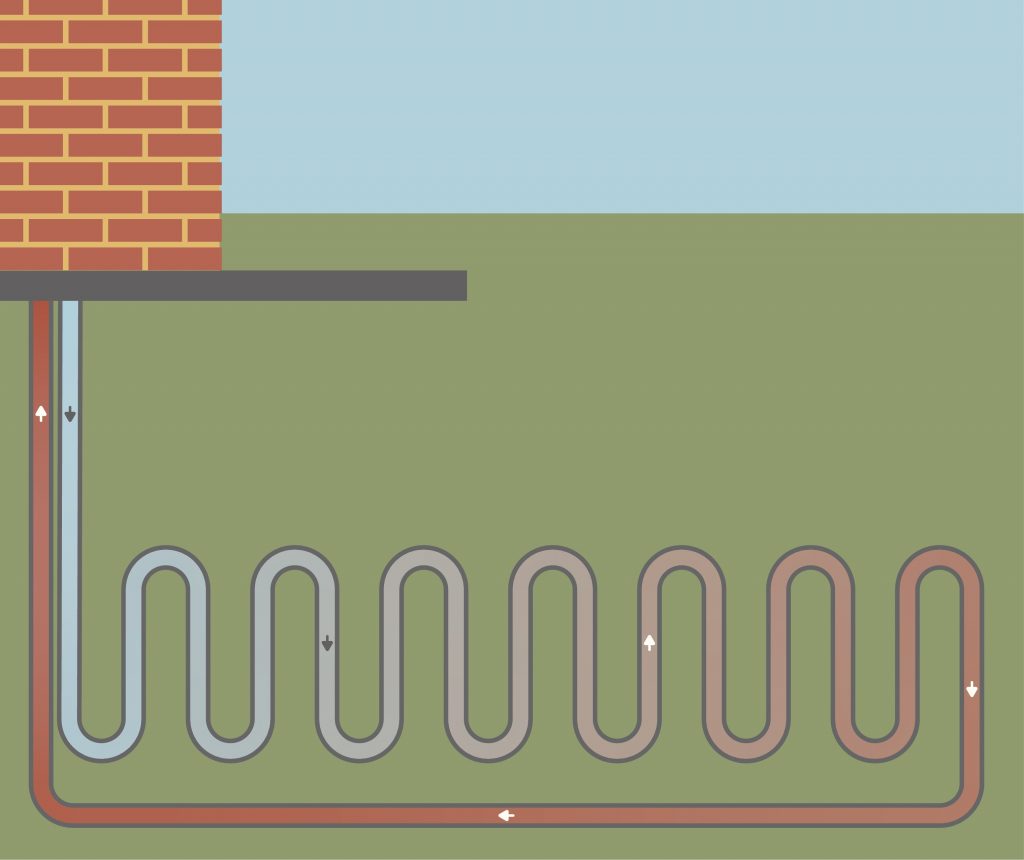
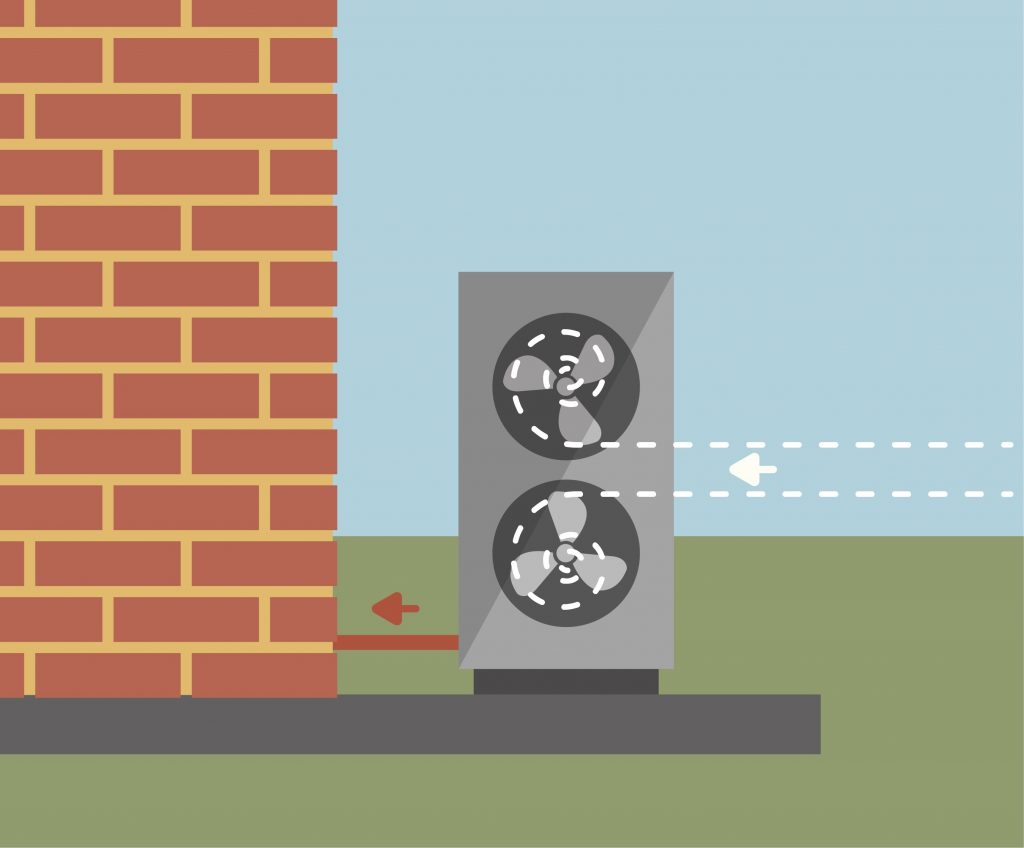

Is legionnaires disease something I should be concerned about?
Legionella is a type of bacteria that grows in warm waters and can cause legionnaires disease in humans – causing headaches, coughs, and even pneumonia. Legionella is killed at temperatures above 60°C, so is not an issue with standard boiler systems but is something that needs to be considered with heat pumps as they typically reach around 50-55°C.
The answer is to raise the temperature of the heat pump above 60°C once a week. Typically this is done using an immersion heater, which most cylinders come with as standard, and this will be programmed during install. If you’re not sure, make sure you check with your MCS certified installer, and they’ll be able to answer any questions about your particular heat pump system.
Is installing a heat pump a good choice?
With over 190 million installations around the world, the benefits are clear. Heat pumps use up to three times less energy than traditional gas boilers, meaning they lower your bills and reduce carbon emissions.
They can also double up as air conditioners in summer and improve indoor air quality, since they don’t burn fossil fuels. And while the upfront cost is higher, the long-term savings – along with available grants – make them a smart, future-proof investment.
But remember, heat pumps are just part of the equation. For the best results, you need to adopt a whole-house approach!
We don’t sell heat pumps!
By now, you might be thinking that we want to sell you a heat pump. We don’t… though these proud homeowners just might. Our customers are proof that heat pumps, as part of a wider plan, can make your home more comfortable and energy-efficient.
Don’t just take our word for it – hear it from them. Take a look at these two Cosy Homes Oxfordshire case studies involving the installation of a heat pump as a low-carbon heating system – one in an end terrace house in east Oxford and one a cottage in the village of Hook Norton.
Read next…
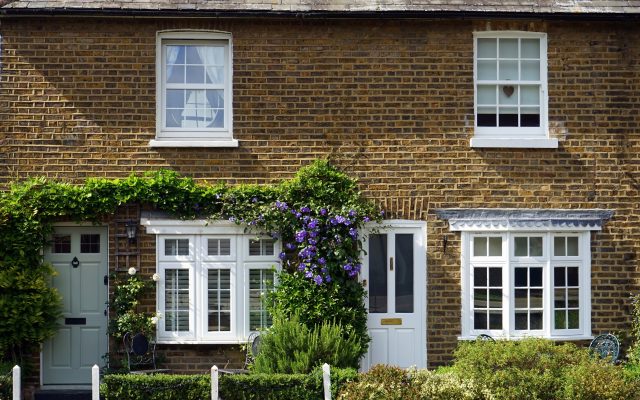
Making your period property sustainable and comfortable
Owning a period property is a joy, but making it more energy efficient can feel like a challenge. Many homes in the UK, especially those built before 1946, aren’t built with modern energy-saving measures in mind. But that doesn’t mean you can’t make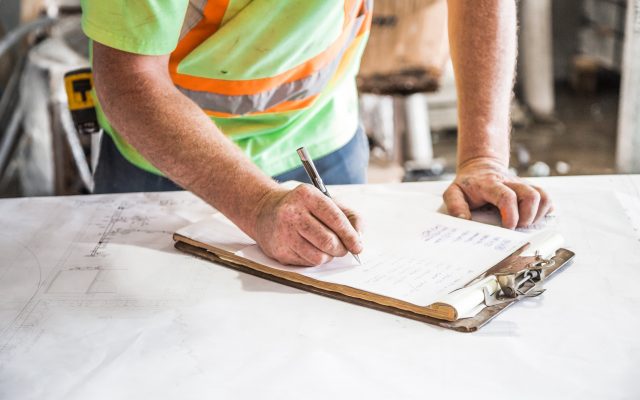
Meet your Retrofit Coordinator: Your guide to a warmer home
Spending their days conducting home assessments, consultations, energy audits, and site visits, Retrofit Coordinators play a hands-on role in reducing your home’s energy use. They ensure your home is energy-efficient, safe, and comfortable, guiding you
What to look out for in a home retrofit service
Get expert guidance on retrofitting your home to ensure the work is done in the right order with minimal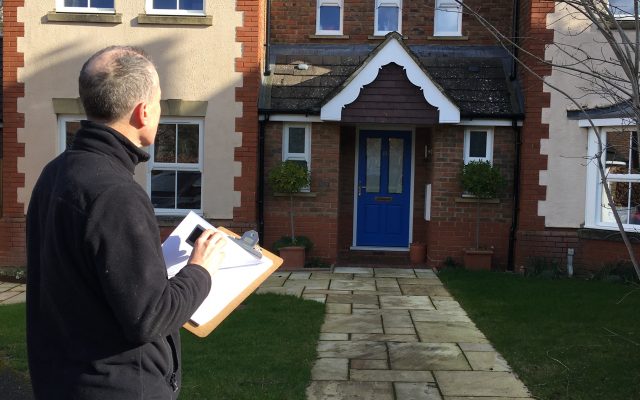
What can you expect from a home energy assessment?
Once you’ve used our free Plan Builder advice service to get a snapshot of your home’s energy-saving potential, the next exciting step is an on-site energy assessment. This is where we take a closer look at your home’s energy performance – giving you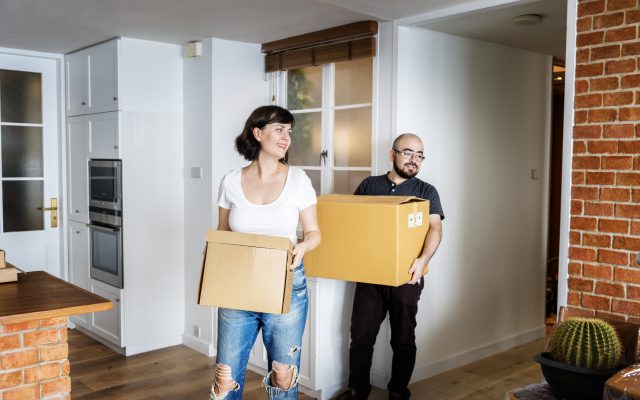
Why moving home is the perfect time to plan your retrofit project
A new home is a clean slate. Whether it’s knocking down walls, ripping out kitchens, or planning an extension, it’s an opportunity to make this new house feel like your home. And whilst you’re already planning home renovations, it makes sense to get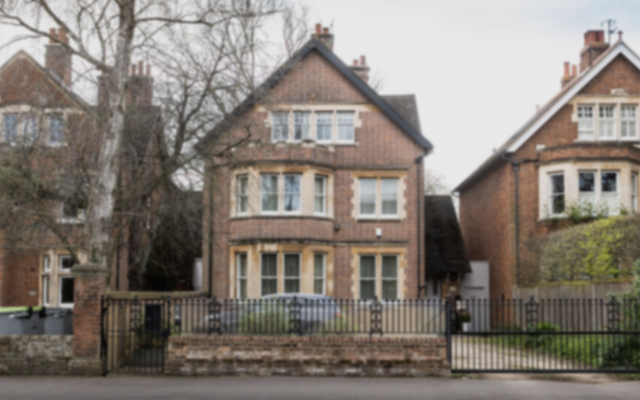
Is the Cosy Homes Oxfordshire retrofit service right for you?
We can all do our bit to mitigate the effects of climate change by ensuring that our homes are as energy efficient as possible and so reduce carbon emissions. We know that the UK housing stock is fairly old and inefficient, accounting for an estimated
Retrofitting a Cotswold cottage
This home transformation took place in an end-of-terrace cottage in the picturesque village of Hook Norton, located in the Cotswolds.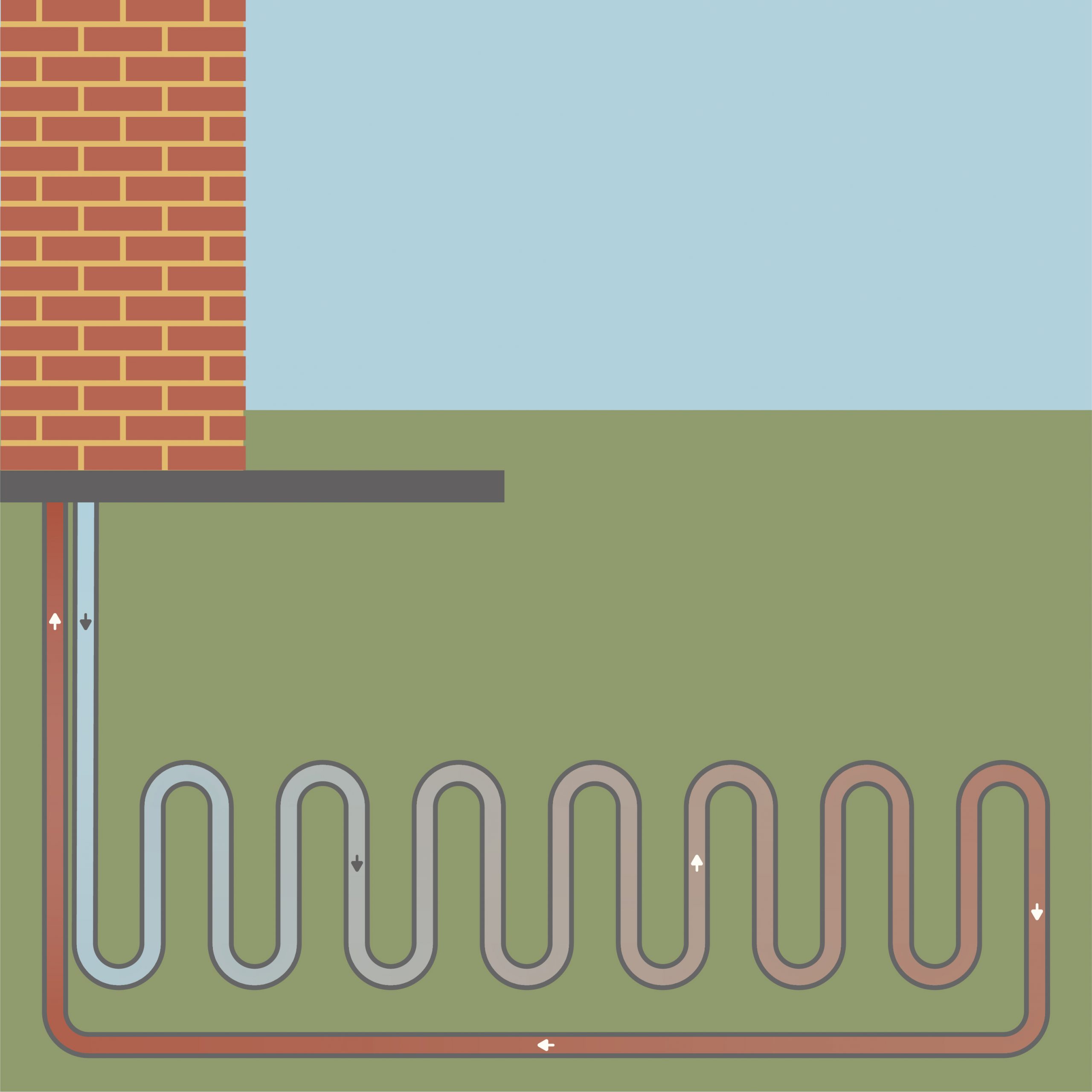
Is a ground source heat pump right for your home?
Looking for a sustainable way to heat your home? A Ground Source Heat Pump might be the solution! They harness natural heat from the ground to keep your home warm and provide hot water, all while reducing carbon
Why a whole house energy efficiency approach?
Taking a whole house approach is one of the most effective ways to reduce the carbon footprint of your property while ensuring long-term energy efficiency and comfort. Instead of focusing on individual fixes, this strategy looks at your home as a complete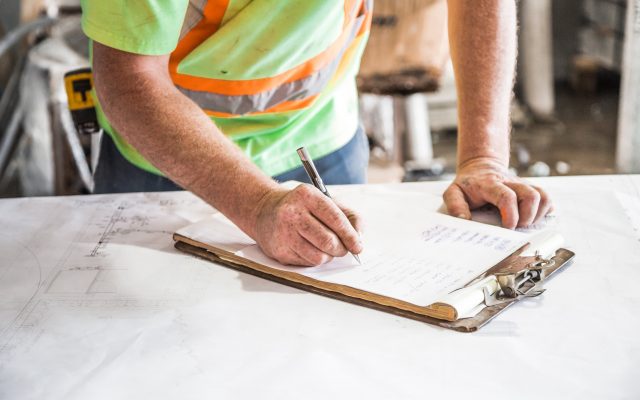
Join the team transforming Oxfordshire’s homes
At Cosy Homes Oxfordshire, we help homeowners make their homes more comfortable, energy-efficient, and low-carbon. But we can’t do it alone – we need skilled building professionals, Retrofit Coordinators, and contractors to deliver high-quality retrofit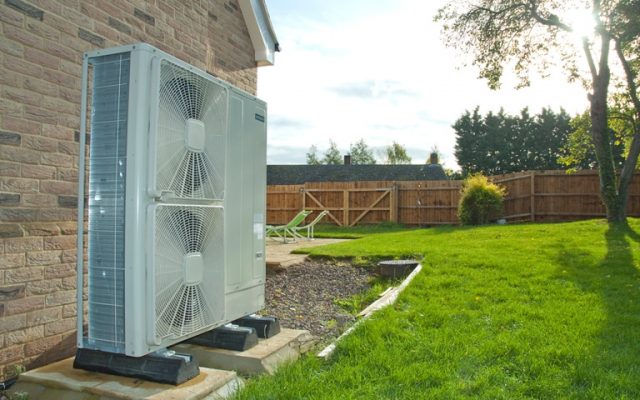
A guide to Air Source Heat Pumps
Keeping your home warm while lowering energy bills and reducing carbon emissions is a priority for many homeowners. Air source heat pumps (ASHPs) offer an efficient, low-carbon way to heat your home and provide hot water, making them an increasingly popular
The future of construction is retrofit – is your business ready?
The demand for home retrofit is exploding, creating huge opportunities for building professionals who are ready to adapt. With 29 million UK homes needing energy efficiency upgrades to meet climate targets, the question isn’t if retrofit will be part of the
A practical guide to cavity wall insulation
Cavity wall insulation is a highly effective way to enhance your home's energy efficiency, leading to reduced energy bills and a more comfortable living environment. By filling the gap between your property's inner and outer walls with insulating material,
A practical guide to solid wall insulation
Solid wall insulation is a key upgrade for many older properties – helping to cut energy bills, reduce heat loss, and make homes more comfortable to live in all year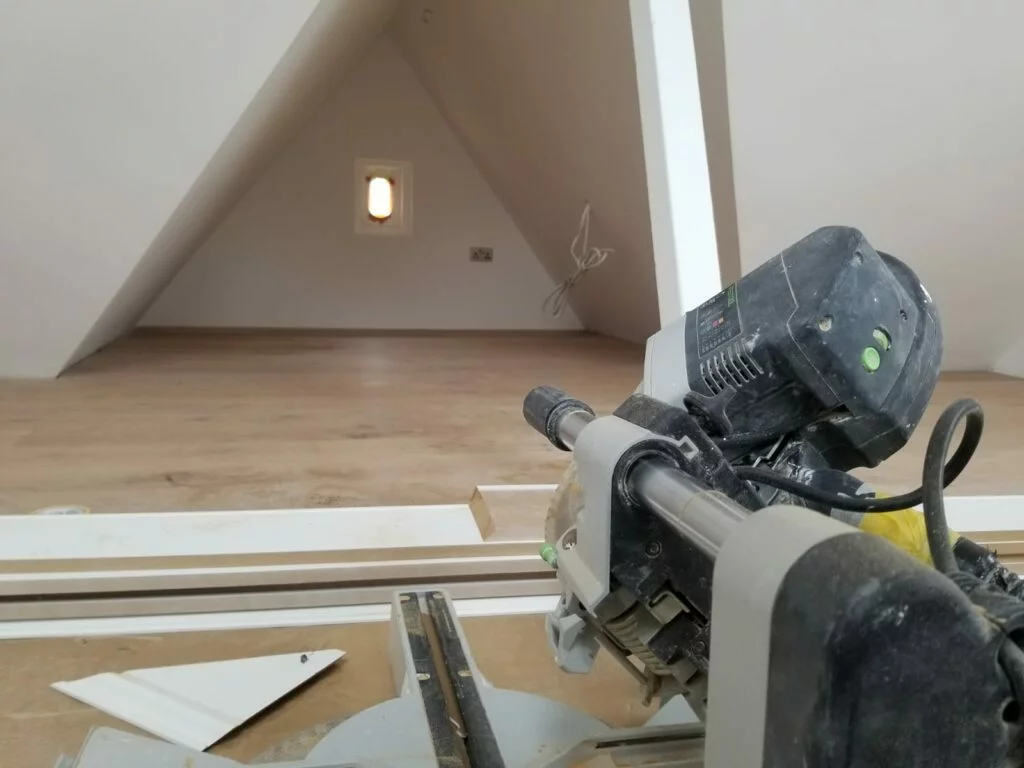
A practical guide to loft and roof insulation
Up to a quarter of your home’s heat can be lost through an uninsulated roof. Adding insulation to your loft or roof is one of the most cost-effective ways to improve comfort, cut heating bills, and reduce your carbon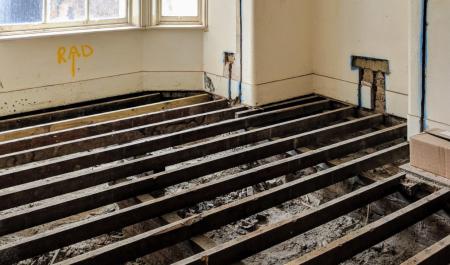
A practical guide to floor insulation for your home
Floors – particularly those on the ground level – are a major source of heat loss in many homes. Without insulation, warmth escapes, cold air seeps in, and your heating system works harder than it needs to. Proper floor insulation helps keep heat indoors,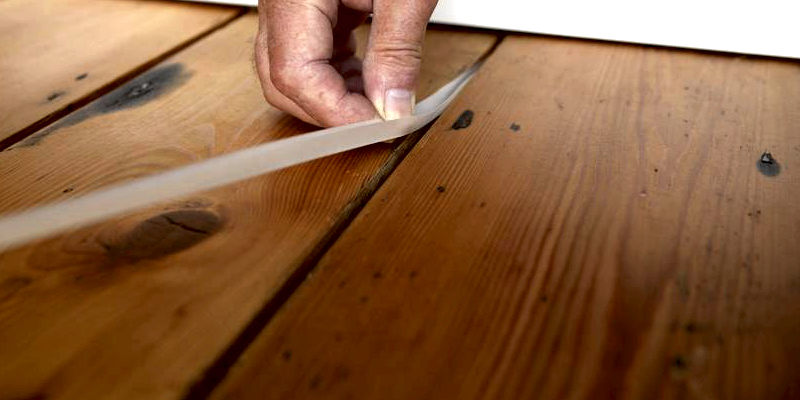
Draught-proof your home for comfort and savings
Draught-proofing is one of the simplest and most cost-effective ways to improve your home’s energy efficiency, reducing heat loss and cutting energy bills. By sealing gaps and preventing unwanted airflow, you can create a more comfortable and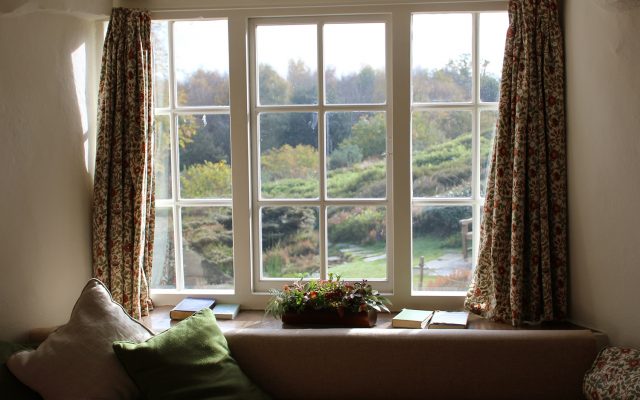
Should you upgrade to double or triple glazing?
Energy savings aside, new glazing can make your home feel instantly more comfortable. No more cold draughts, no more condensation streaming down the inside of your windows, and a noticeable reduction in outside noise. If you live near a busy road or under a
A guide to installing heating controls
In this series of retrofit measures blogs, we’ll be explaining different retrofit measures which can improve the energy efficiency of homes – reducing energy usage to cut energy bills and carbon emissions, and improve the comfort of your home.
A practical guide to solar panels for your home
Solar panels are one of the most visible ways to make your home more sustainable – but they also deliver powerful results behind the scenes. By converting sunlight into electricity, solar photovoltaic (PV) panels can help reduce your energy bills, cut
